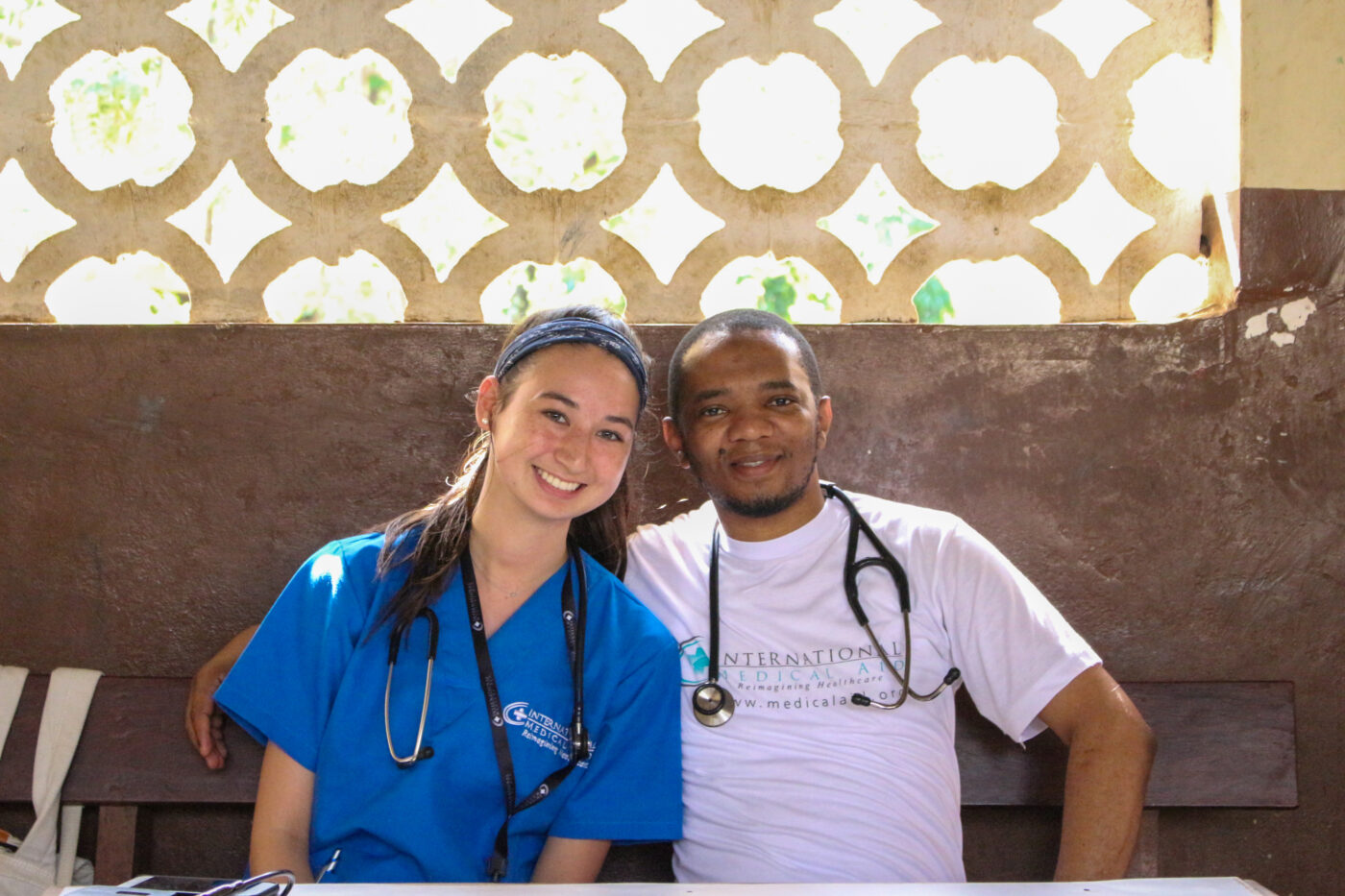Medicine and healthcare have always been essential to a community’s well-being. But as the world’s population continues to grow, the need for better healthcare services grows, too. This creates a higher demand for doctors and other medical professionals.
While more doctors are needed globally, the healthcare situation varies greatly from country to country, with some facing more serious shortages than others. This presents valuable opportunities for medical professionals who are willing to work internationally to help fill these gaps.
Here’s a detailed look at some of the countries with the highest demand for doctors:
Kenya
Kenya has made notable strides in certain areas of healthcare, though significant challenges remain. For one, the country faces a high population growth rate, with a substantial portion of citizens experiencing economic hardship—a situation frequently worsened by the rising cost of living. But beyond these issues, the healthcare system struggles against communicable diseases, with HIV/AIDS, malaria, and TB ranking among the leading causes of illness and mortality.
These challenges have severely strained the country’s medical workforce. Recent studies show that there is only one medical doctor per 5,000 inhabitants. This very low ratio, coupled with other issues such as low healthcare funding in the country, means that most Kenyans cannot access the medical attention they need.
Fortunately, measures are in place to help resolve the country’s health challenges and ensure that there are enough doctors. For instance, the Kenyan parliament passed the Kenya Health Policy (2012-2030) in 2013 as part of the long-term development goals.
Peru
Peru faces a massive disparity in poverty levels and, subsequently, healthcare between its rural and urban populations. This gap has put so many vulnerable communities at risk, as those living in the Amazon have to travel long distances to get quality healthcare.
Efforts have been made to decentralize public and private hospitals, but the implementation and its effectiveness are complex. There’s still a lack of trained healthcare professionals to serve the increasing population, as approximately 80% of the country’s doctors work in the coastal region.
The government has also established measures to incentivize doctors to work in rural areas. Moreover, there were opportunities for foreign pre-med and graduate students looking to complete their internships abroad. They can now intern in Peru and gain relevant clinical experience while helping deal with the shortage of doctors.
Haiti
Haiti, a Caribbean island, faces economic and developmental challenges, which have a direct impact on its healthcare system. For one, the country has been affected by natural disasters such as earthquakes. This may have weakened the economy, leaving millions of people homeless, without proper medical care, and lacking adequate nutrition.
The security issue is also a significant problem for doctors working in the country. One study reveals that 44% of health workers reported that their colleagues had been kidnapped in the previous two years. Such incidents may create a challenging environment for medical professionals.
Thankfully, the United Nations and other international bodies have been working to restore peace in Haiti. And with access to better healthcare slowly becoming a reality in Haiti, the demand for more medical professionals and healthcare facilities will likely increase, making it a good destination for local and international medics.
Colombia
Colombia is navigating a transition following years of internal conflict. And while the country has made improvements in some economic areas, its healthcare system presents a complex picture.
Colombia has a relatively well-developed healthcare system compared to some countries in the region, based on a mixed public-private insurance model established by Law 100 of 1993. This policy covers about 96% of the Colombian population, making it one of the most attractive healthcare systems.
But while urban centers like Bogotá and Medellín have access to good healthcare, rural regions still face a persistent shortage of doctors. The demand for specialists in pediatrics, obstetrics, and surgery, for instance, is very high in rural Columbia.
This gap has created valuable opportunities for individuals seeking medical internships abroad, allowing foreign doctors and medical students to gain hands-on experience in Colombia while helping improve the health of the underserved population.
Tanzania
Tanzania is similar to Kenya mainly due to the rural-urban disparity. While urban centers have access to proper healthcare from private and public hospitals, most rural populations have to deal with understaffed and underdeveloped clinics.
Thankfully, international aid and non-governmental organizations (NGOs) significantly bridge the gap and provide affordable care to rural and marginalized communities. However, the reliance on foreign aid isn’t sustainable, and this has led to the government setting initiatives such as training more health workers and incentivizing them to work in rural areas.
With a population of over 66 million as of 2023, the demand for doctors and other healthcare workers is predicted to grow. And as more facilities are being set up, there will be a growing need for medical professionals to fill that gap.
Final Thoughts
The growing global population and the push for better, more accessible healthcare have created a surge in demand for doctors. The countries discussed are actively working to improve healthcare access, addressing both underserved rural populations and the gap with developed nations. This focus presents exciting opportunities for medical professionals.
Ready to embark on your international internship journey? International Medical Aid (IMA) has the resources and experience to guide you and help you get started. Explore our page for more information.






